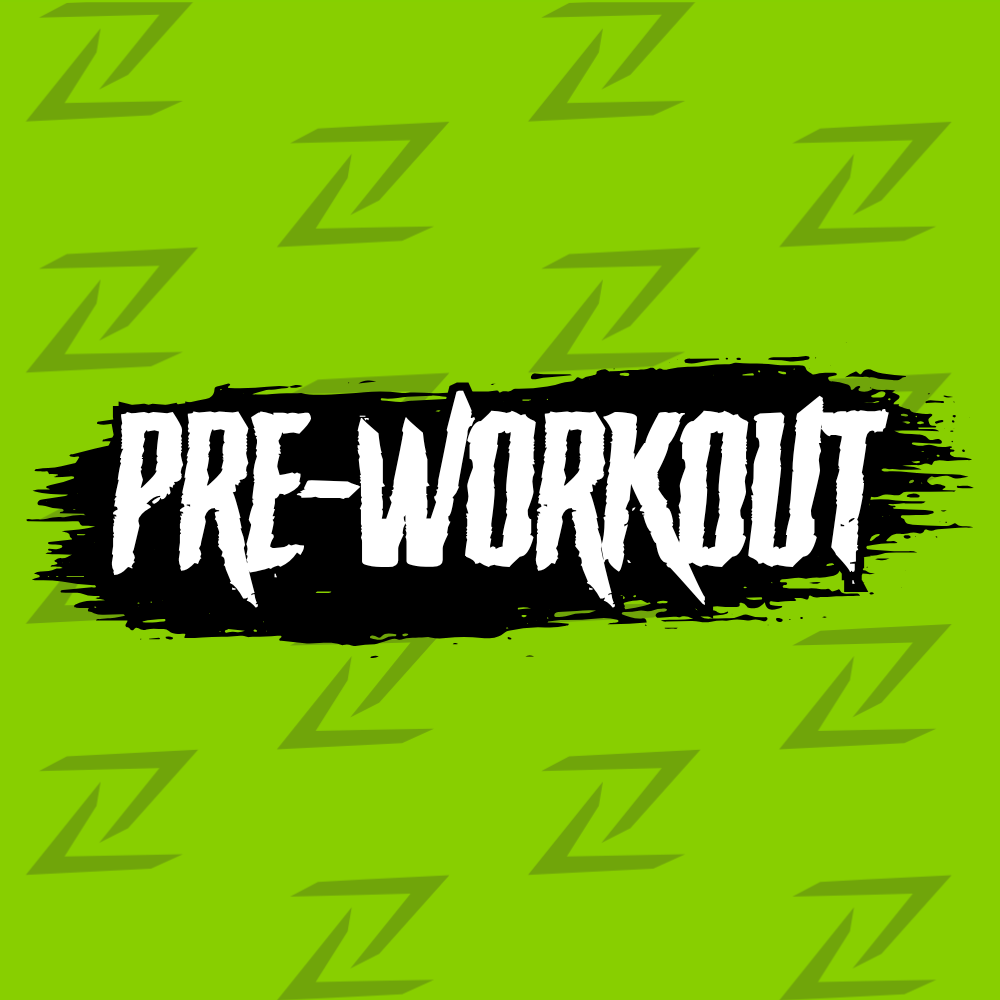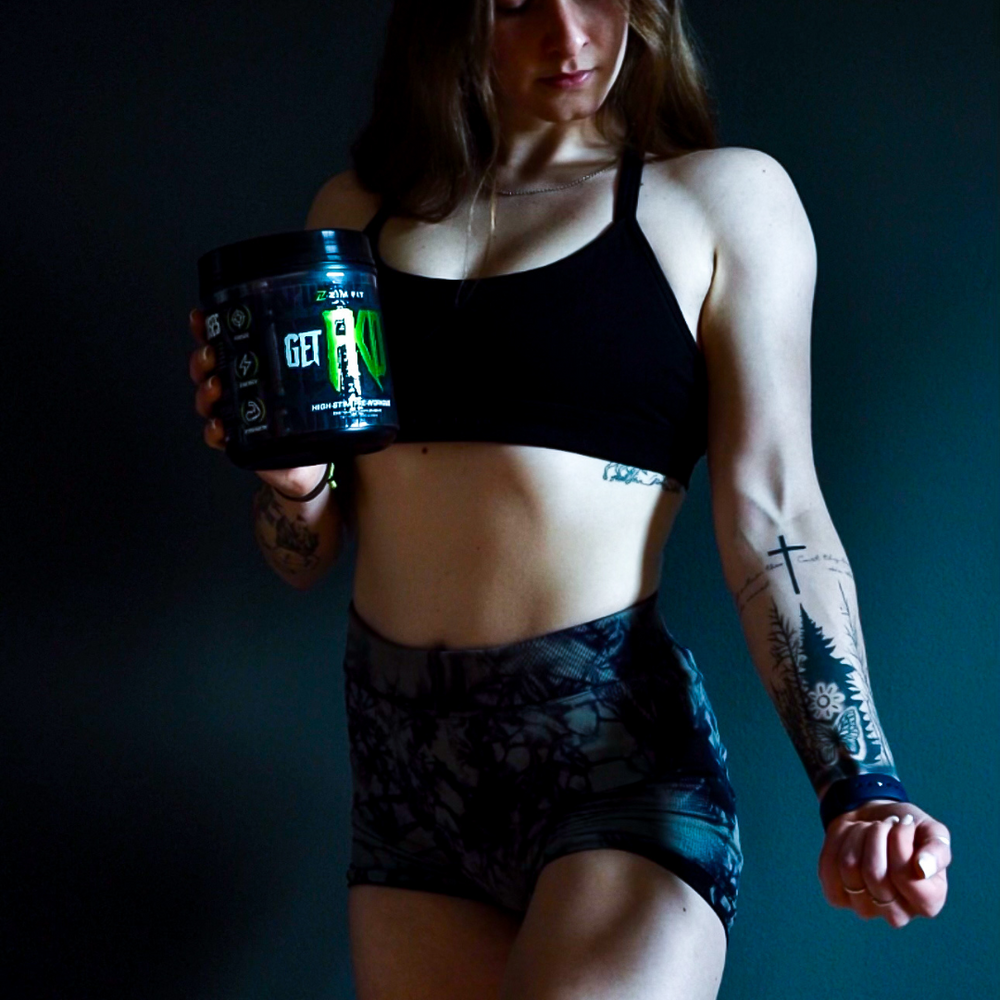Why Creatine Isn't in Our Pre-Workout: Daily Dosing and Cycling Explained
The Role of Creatine in Fitness
Creatine is a naturally occurring compound found in muscle cells. It plays a crucial role in producing energy during high-intensity exercise and heavy lifting by increasing the availability of ATP (adenosine triphosphate), the primary energy carrier in cells. Supplementing with creatine enhances your muscles' phosphocreatine stores, allowing for greater ATP production and improved performance.
Why Creatine Needs Daily Consumption
-
Consistency for Maximum Effectiveness:
-
Research: Studies consistently show that creatine is most effective when taken daily. For instance, a study published in the Journal of Strength and Conditioning Research demonstrated that daily creatine supplementation significantly increases muscle creatine content, leading to improved muscle strength and size over time (Buford et al., 2007).
-
Practicality: To maintain elevated creatine levels in your muscles, it needs to be taken every day, including non-training days. This daily consistency is crucial for achieving the desired results.
-
Loading and Maintenance Phases:
-
Protocol: Effective creatine supplementation often involves a loading phase, where 20 grams are taken per day for 5-7 days, followed by a maintenance phase of 3-5 grams per day (Kreider, 2003). This protocol ensures muscles are saturated with creatine quickly and then maintained at high levels.
-
Sustainability: Including creatine in a pre-workout wouldn’t provide the necessary amounts required for effective loading or maintenance, making it less effective.
Why We Don’t Include Creatine in Our Pre-Workouts
- Optimal Dosing Control:
- Reason: By not including creatine in our pre-workouts, we allow you to control your creatine dosage separately. This flexibility ensures you can follow the recommended loading and maintenance phases effectively.
- Daily Intake Requirement:
- Reason: Since creatine needs to be consumed daily, including it in a pre-workout would mean you’d have to take your pre-workout every day, which is not practical or recommended. Pre-workouts are typically used only on training days.
- Cycling Creatine:
- Reason: Some athletes prefer to cycle their creatine intake, typically taking it for 8 weeks and then taking a 4-week break to prevent adaptation and maintain its effectiveness (Peeters et al., 1999). Managing creatine separately from your pre-workout allows you to adhere to this cycling schedule without affecting your pre-workout usage.
- Avoiding Overconsumption:
- Reason: Many athletes already take creatine as a standalone supplement. Including it in our pre-workouts could lead to excessive intake, which is unnecessary and potentially wasteful.
How to Effectively Integrate Creatine into Your Routine
For those looking to incorporate creatine into their fitness regimen, here are some tips:
- Daily Intake: Take 3-5 grams of creatine daily, preferably with a meal, to maintain elevated muscle creatine levels.
- Loading Phase: If you’re new to creatine, consider a loading phase of 20 grams per day, split into 4 doses, for the first 5-7 days to quickly saturate your muscles.
- Consistency: Ensure you take creatine every day, including rest days, to keep your muscles saturated with creatine.
- Cycling: Optionally, cycle your creatine intake with 8 weeks on and 4 weeks off to maintain its effectiveness and prevent adaptation.
Conclusion
Creatine is a highly effective supplement for muscle growth and strength, but it requires consistent daily intake to be truly beneficial. By not including creatine in our pre-workouts, ZIM FIT allows you to manage your creatine supplementation more effectively, ensuring you get the maximum benefits. This approach provides flexibility, optimal dosing, and the ability to cycle creatine independently, making your supplementation strategy more efficient and tailored to your needs
References:
- Buford, T. W., et al. (2007). International Society of Sports Nutrition position stand: creatine supplementation and exercise. Journal of the International Society of Sports Nutrition, 4(6).
- Kreider, R. B. (2003). Effects of creatine supplementation on performance and training adaptations. Molecular and Cellular Biochemistry, 244(1-2), 89-94.
- Peeters, B. M., et al. (1999). Creatine supplementation does not affect kidney function in an animal model with pre-existing renal failure. Journal of Sports Sciences, 17(9), 703-709.








Leave a comment